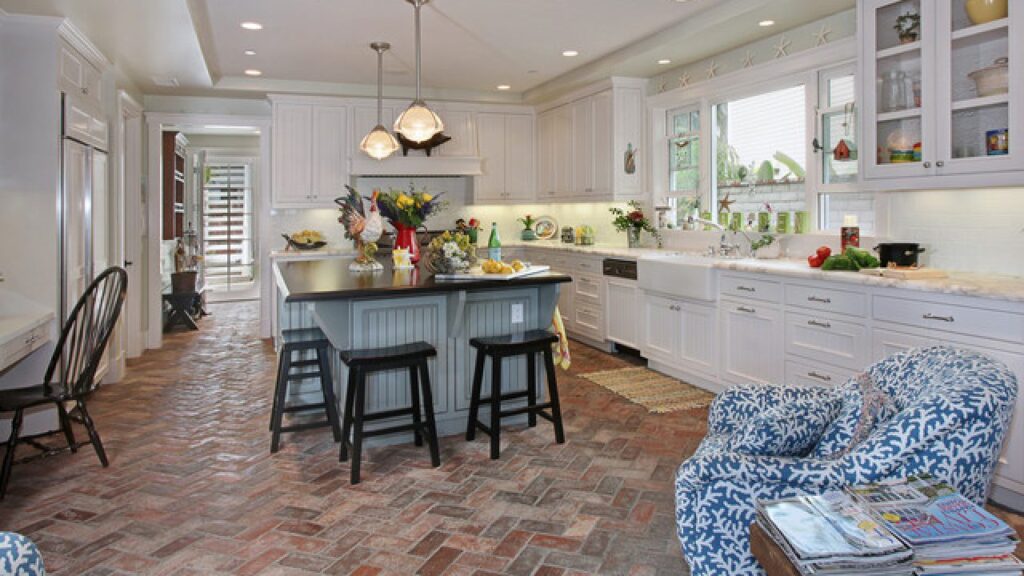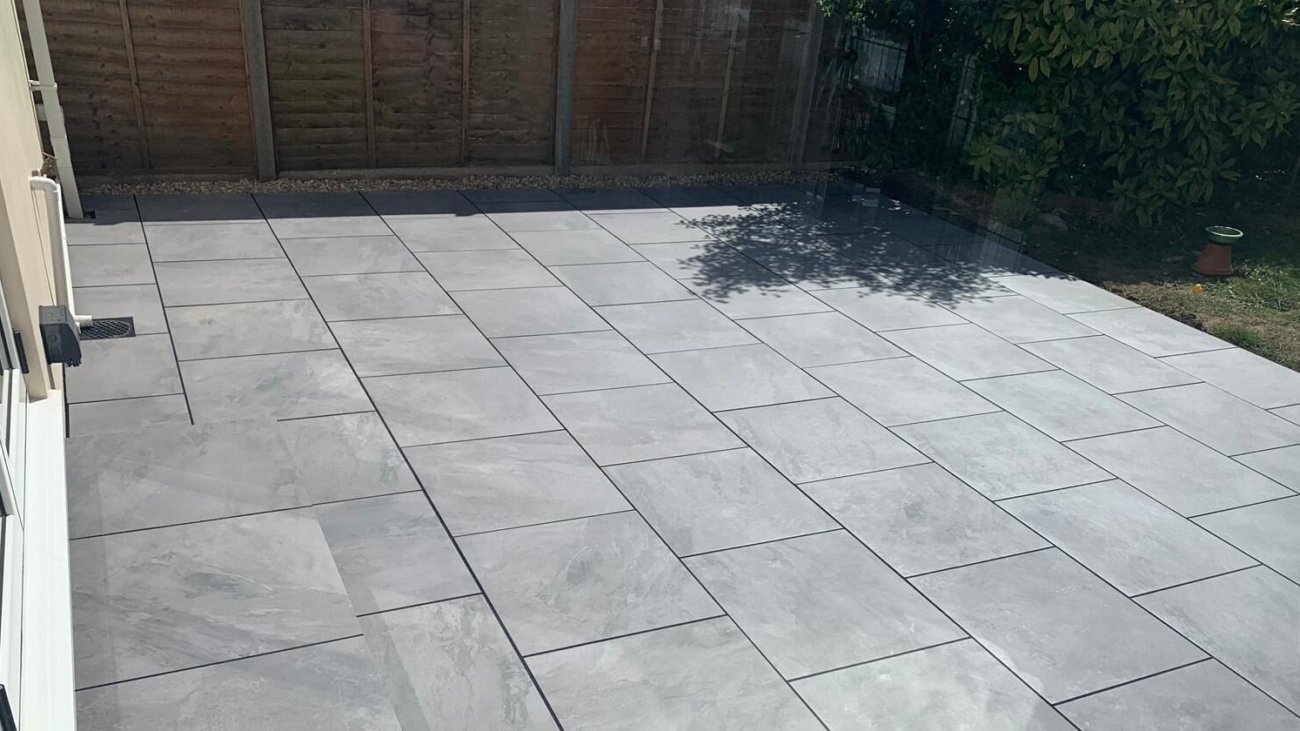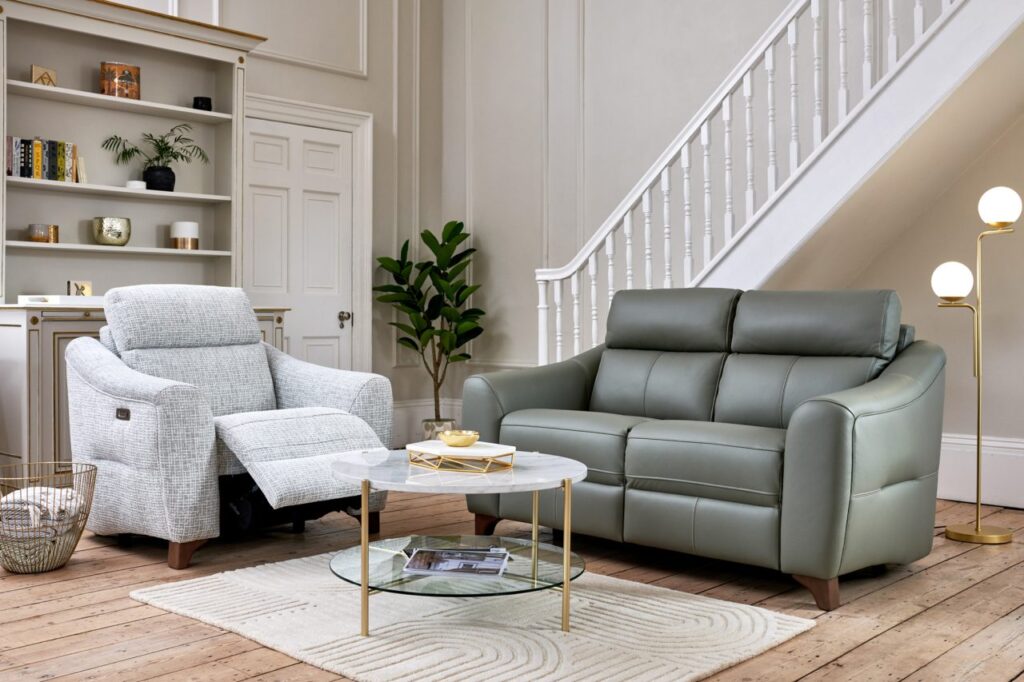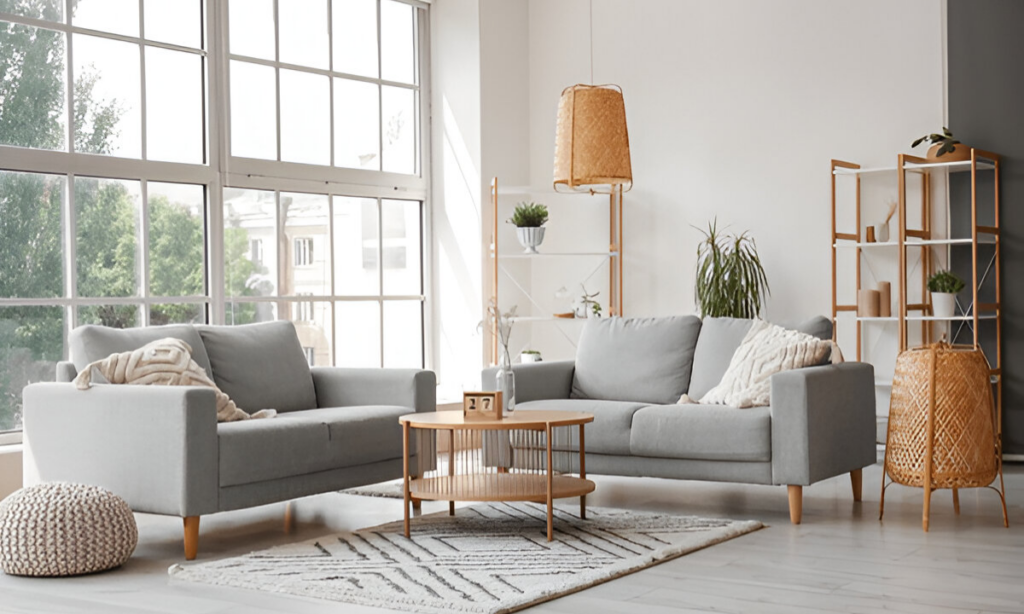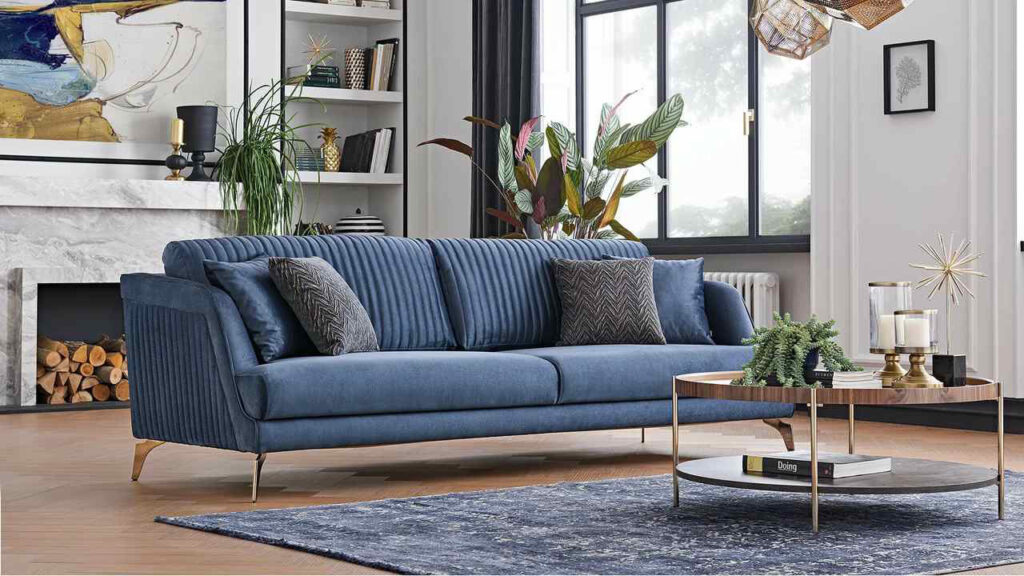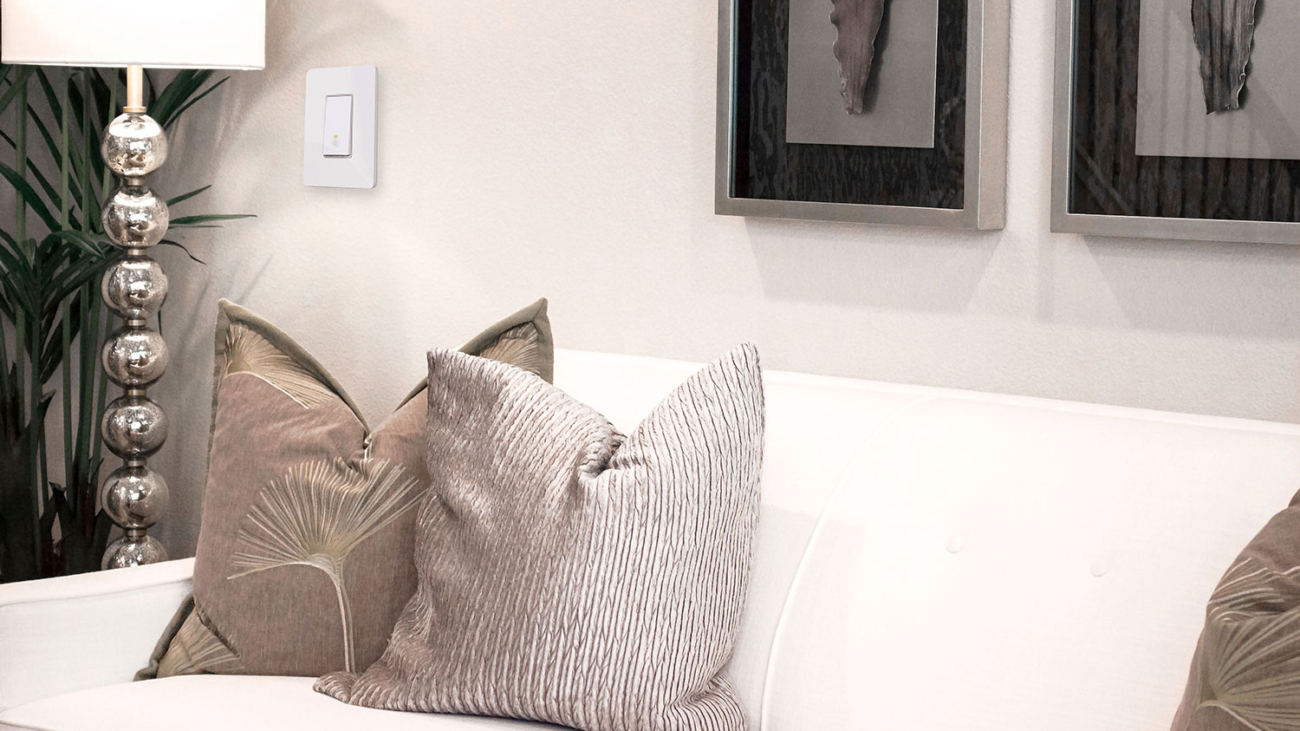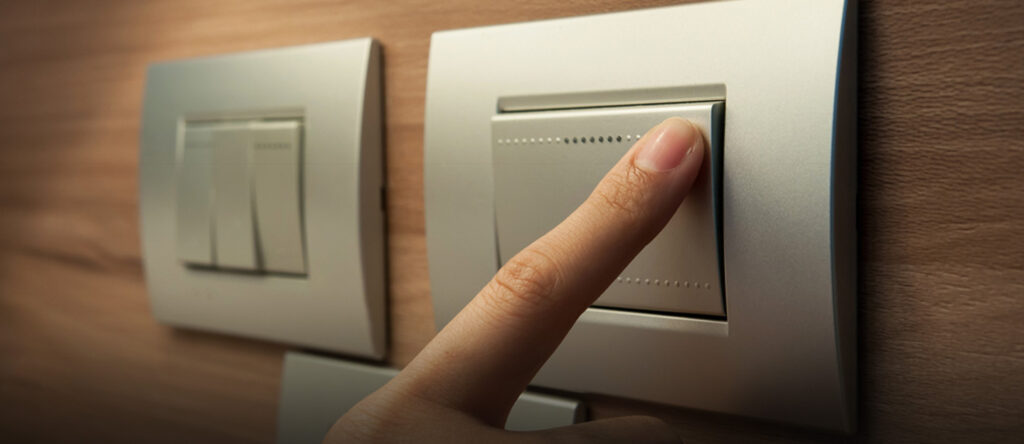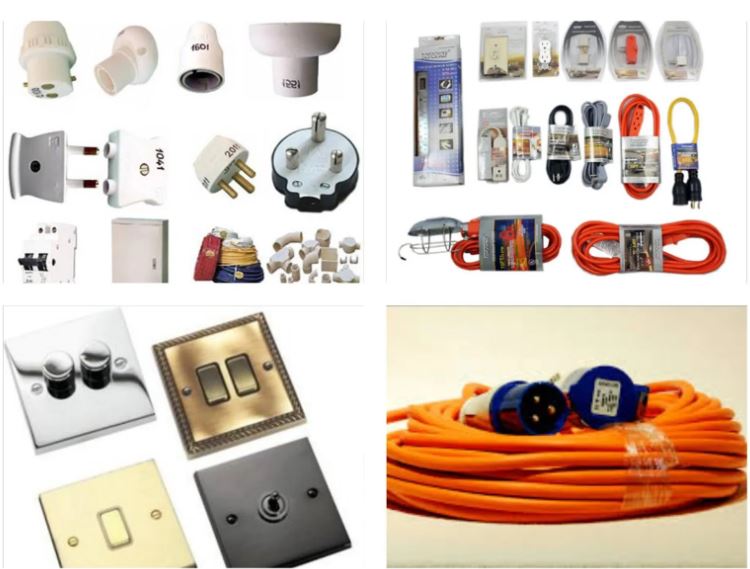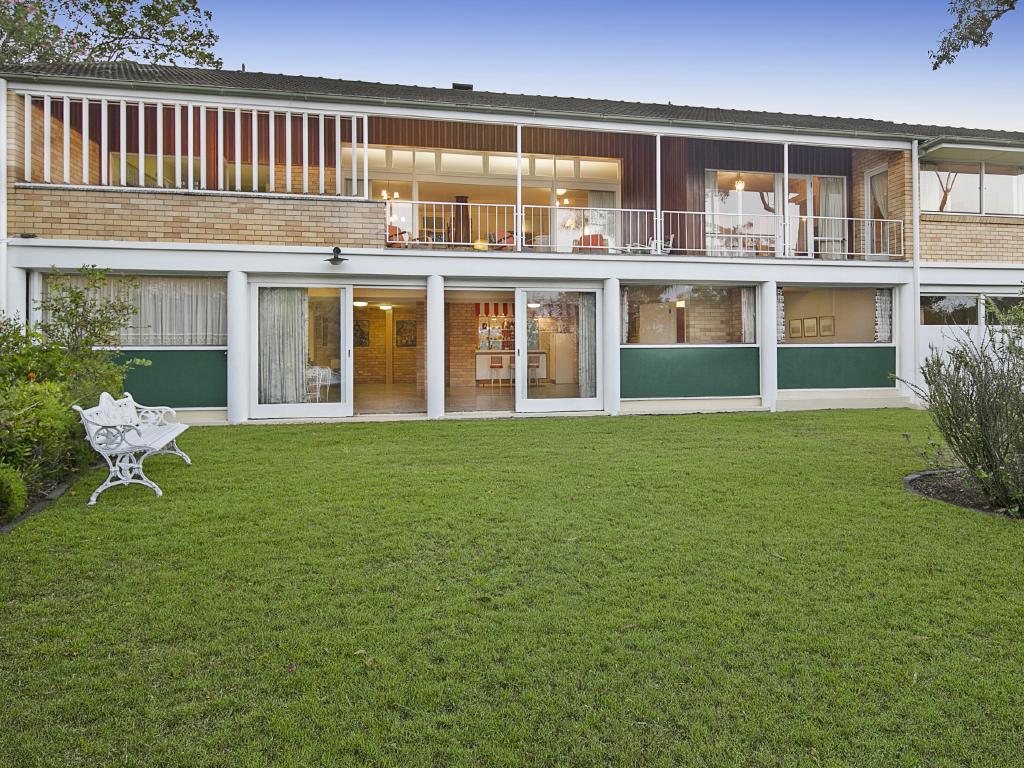Subway tiles have evolved far beyond their traditional white rectangular forms, becoming a versatile staple for modern interiors. From sleek minimalist kitchens to spa-inspired bathrooms, the right subway tile layouts can dramatically transform any space. In 2025, designers are embracing creative patterns, bold grout choices, unique colour palettes, and innovative styling tricks, making subway tiles an essential element for homeowners, remodelers, and interior-design enthusiasts.
In this comprehensive guide, we’ll explore the top subway tile patterns, layout ideas, colour and grout combinations, kitchen and bathroom applications, styling tips, and the most popular 2025 trends. Whether you’re planning a full renovation or updating a feature wall, this guide provides actionable, expert-level advice to help you design spaces that are modern, practical, and visually stunning.
Why Subway Tiles Remain a Design Favorite
Subway tiles continue to dominate home renovations due to their:
- Timeless appeal: Classic yet versatile enough for contemporary interiors.
- Ease of styling: They provide a neutral backdrop that enhances cabinetry, countertops, and fixtures.
- Customization: Endless possibilities for patterns, colours, and grout styles.
- Durability: Easy to clean, low-maintenance, and long-lasting.
Modern homeowners now embrace innovative tile patterns and bold colour options, allowing subway tiles to be a stylish focal point rather than just a functional surface.
Popular Subway Tile Layouts for 2025
The layout of subway tiles dramatically influences the visual impact of your space. Here are the most designer-approved patterns for kitchens, bathrooms, and other interior areas.
1. Classic Running Bond (Offset) Layout
Also known as the brick pattern, this timeless layout staggers each row by half the tile’s length. It is highly versatile and suitable for:
- Kitchens of all sizes
- Bathroom walls
- Accent panels
Pro Tip: Pair white tiles with a soft grey grout for subtle contrast and contemporary flair.
2. Vertical Stacked Layout
This modern layout stacks tiles in straight vertical lines, creating height and elongation, perfect for:
- Small bathrooms
- Narrow kitchen backsplashes
- Powder rooms
Glossy tiles in this layout reflect light and enhance room brightness, making spaces feel more spacious.
3. Horizontal Stacked Layout
Horizontal stacking produces a uniform, minimalist grid ideal for modern kitchens or bathrooms. This layout works well with:
- Matte finishes for a sleek look
- Open-plan kitchens
- Feature walls
It emphasizes clean lines and complements linear cabinetry designs.
4. Herringbone Pattern
The herringbone layout creates a striking zigzag effect. Designers love it for:
- Bathroom feature walls
- Kitchen splashbacks
- Entryway walls
Pro Tip: Highlight the pattern with contrasting grout to emphasize movement and dimension.
5. Chevron Pattern
Chevron layouts form a continuous “V” shape and add dynamic energy to a space. Best applications include:
- Kitchen backsplashes
- Bathroom accent walls
- Feature zones in open-plan areas
Chevron is a bold choice for modern homes, pairing well with large-format tiles.
6. Step Ladder (Vertical Offset)
A playful vertical layout that shifts tiles slightly row by row, perfect for:
- Laundry rooms
- Small kitchen walls
- Bathroom niches
This pattern adds subtle visual interest while remaining understated.
7. Basketweave Layout
A woven appearance creates intricate texture, ideal for:
- Heritage-style bathrooms
- Hallway feature walls
- Accent tiling in kitchens
The basketweave pattern adds classic elegance with a modern touch.
8. Large-Format Subway Tiles
Oversized tiles (e.g., 100×300mm, 75×400mm) are trending for their clean, minimalistic appearance with fewer grout lines. These tiles are excellent for:
- Open bathrooms
- Sleek, contemporary kitchens
- Spaces where visual calm is desired
Trending Subway Tile Colors for 2025
Colour selection is key to creating the right mood and style.
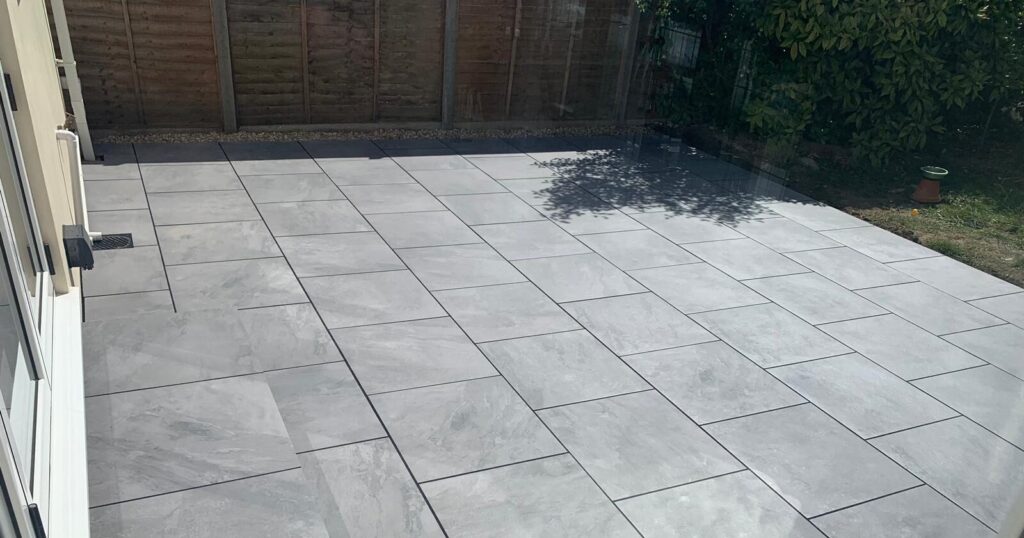
1. Earthy Neutrals
Warm beige, greige, and sandy tones complement wood cabinetry and natural textures, creating cozy, inviting spaces.
2. Deep Greens
Emerald and olive subway tiles evoke a luxurious, nature-inspired aesthetic, perfect for bathrooms and kitchens alike.
3. Ocean Blues
Soft turquoise and navy tiles bring coastal freshness and energy to kitchens, bathrooms, and accent walls.
4. Bold Black & Charcoal
Black or dark grey tiles paired with light grout create a striking, modern statement while being practical for high-traffic areas.
5. Pastels
Subtle pink, mint, or powder yellow tiles add personality and a soft, playful touch, ideal for modern and eclectic interiors.
Expert Grout Ideas for Subway Tile Designs
Grout color is crucial in enhancing or contrasting tile patterns:
- White: Seamless, classic, and clean
- Light grey: Soft contrast, subtle elegance
- Charcoal/Black: Bold and practical
- Beige: Warm, earthy tones
- Coloured grout: Trending in 2025 (navy, sage, metallic)
Styling Subway Tiles in Kitchens
Kitchens require both functional and aesthetic considerations:
- Layout Selection:
- Modern: Vertical or horizontal stacked
- Luxury: Herringbone or chevron
- Coastal: Classic offset
- Minimalist: Large-format with soft grout
- Feature Walls: Highlight cooking zones with herringbone or vertical layouts.
- Extend Tiles: For a sleek, polished look, tile from counter to ceiling.
- Contrast Grout: Adds texture and visual interest.
Styling Subway Tiles in Bathrooms
Bathrooms provide creative freedom for layout and colour experimentation:
- Vertical Layouts: Elevate ceilings and make small bathrooms feel spacious.
- Feature Walls: Chevron or herringbone layouts behind vanities or in showers.
- Bold Colours: Dark greens, blues, or charcoal tiles add depth and spa-like vibes.
- Mix Patterns: Combine two layouts for dimension (e.g., vertical stack + herringbone).
2025 Subway Tile Trends Designers Recommend
- Handmade tiles with textured surfaces
- Ultra-long tiles for modern minimalism
- Matte finishes for spa-like feel
- Metallic grout accents for bold elegance
- Curved-edge or bevelled tiles for retro-modern fusion
FAQs
1. Are subway tile layouts still trendy in 2025?
Yes, subway tiles are highly versatile and remain a top choice in kitchens and bathrooms. With new patterns, colors, and textures, they adapt to both classic and contemporary designs, making them ideal for homeowners, remodelers, and designers who want stylish, long-lasting results.
2. Which grout colors are best for subway tiles?
White and light grey grout maintain a clean, seamless look. Charcoal or black offers bold contrast and hides dirt, while beige or colored grout adds warmth or creativity. Designers are experimenting with metallic and colored grout for statement aesthetics in 2025.
3. Can subway tiles make small rooms feel bigger?
Yes. Vertical stacked layouts and long-format tiles visually elongate walls and ceilings. Glossy finishes reflect light, while lighter colours enhance the perception of space. Using a subtle pattern or minimal grout lines prevents overcrowding and keeps compact rooms feeling airy.
4. What tile patterns are ideal for kitchens?
Herringbone and chevron layouts are popular for feature splashbacks. Horizontal and vertical stacked layouts suit modern kitchens. Classic offset patterns remain timeless, while oversized subway tiles create clean, contemporary surfaces with fewer grout lines, complementing cabinetry and countertops.
5. Are subway tiles easy to maintain?
Absolutely. Glazed or matte finishes are simple to clean with mild soap and water. Sealing grout prevents stains. Darker grout options are especially practical in kitchens, reducing visible wear and tear while maintaining a polished appearance over time.
6. Can I mix two different subway tile patterns in one room?
Yes. Designers often pair patterns like vertical stacks with herringbone or horizontal with chevron for visual interest. To avoid clutter, use complementary colors and limit bold patterns to one or two feature areas, ensuring balance and cohesion throughout the space.



